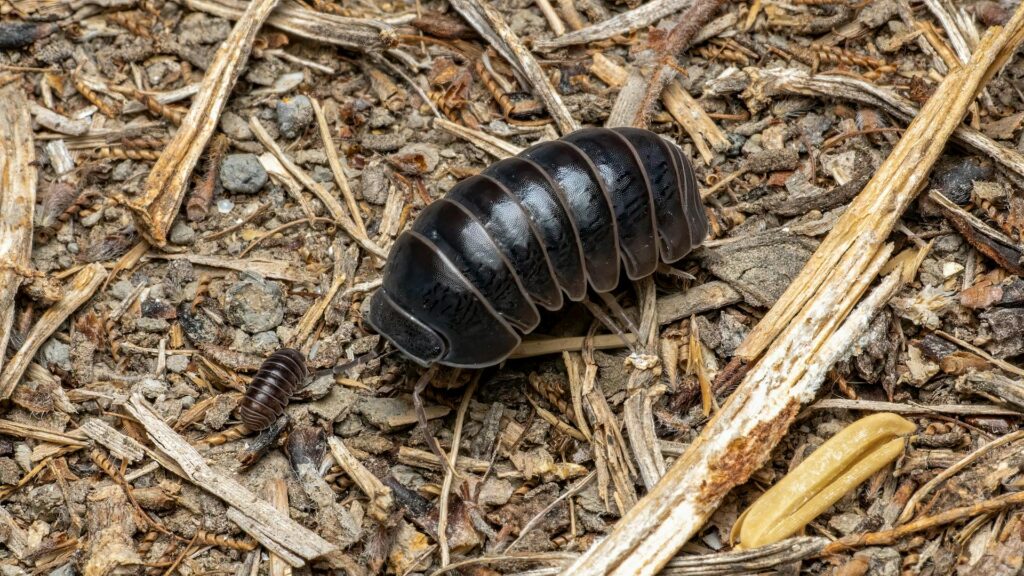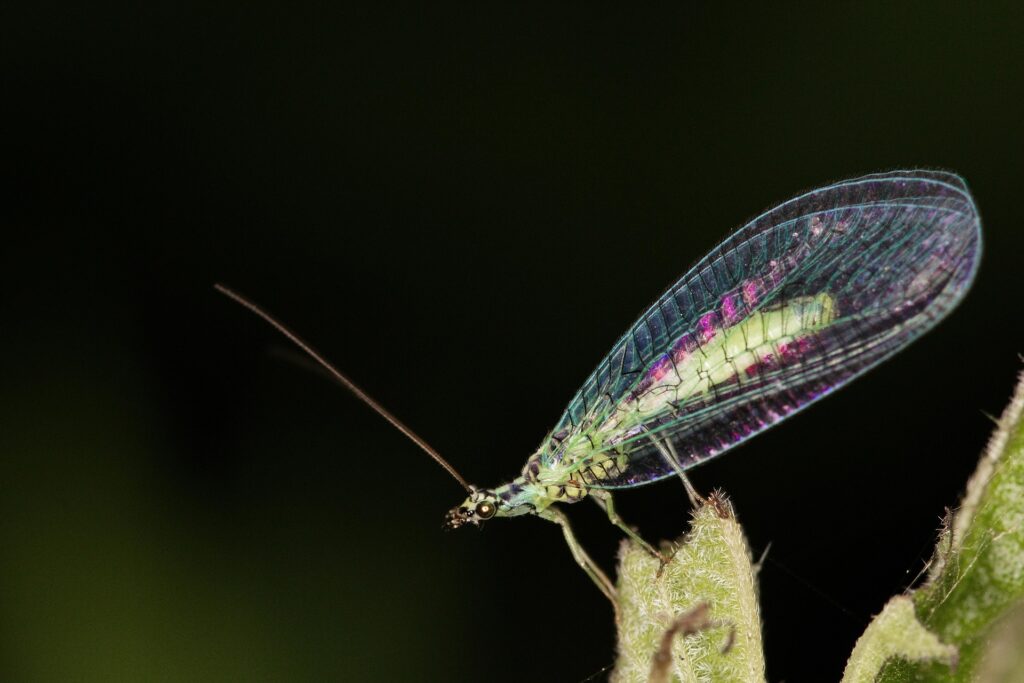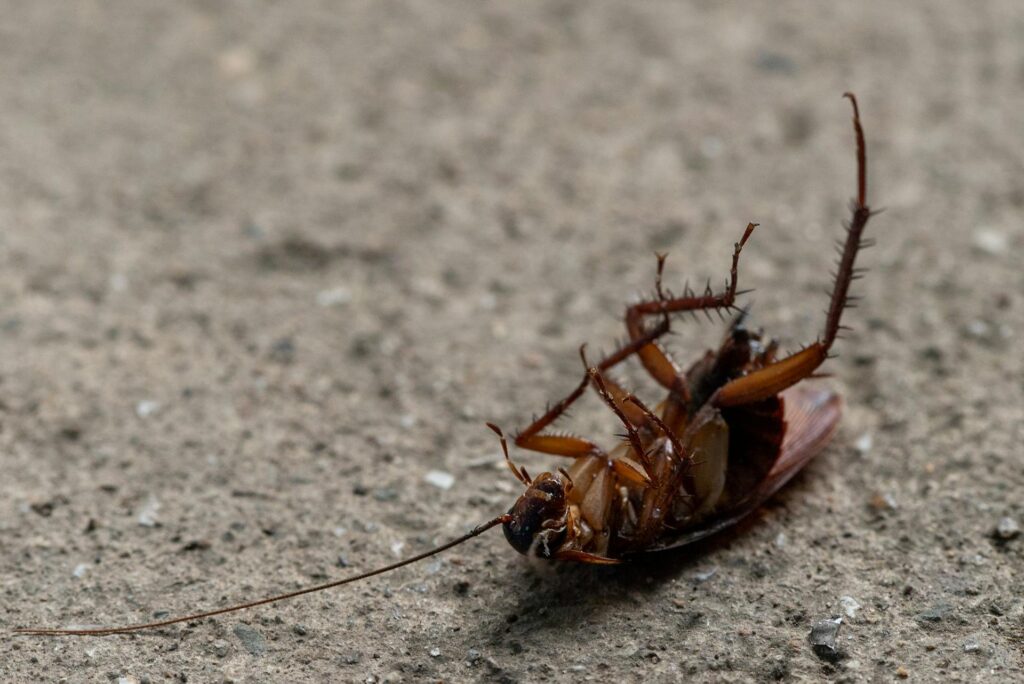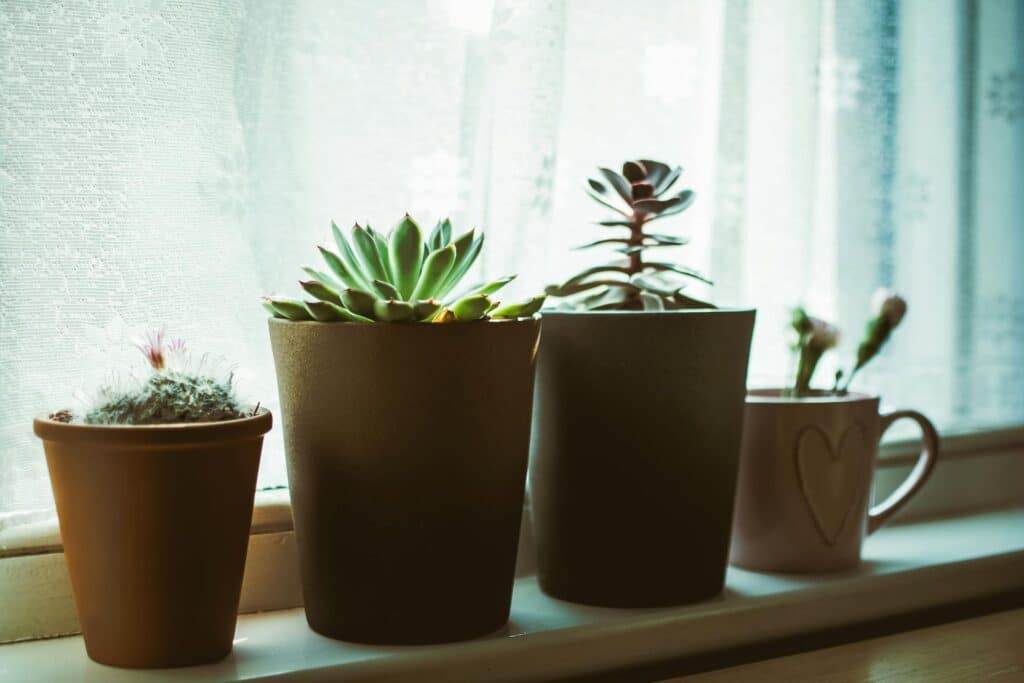If you’ve noticed mysterious tunnels crisscrossing your lawn or discovered damaged plant roots and bulbs in your garden, you might be dealing with voles. These small rodents can cause significant damage to landscaping and gardens, often working below the surface where their activity goes unnoticed until problems become evident. Understanding what voles are, how to identify their presence, and the most effective ways to manage them can help protect your property from these persistent lawn and garden pests.
What are voles?
Voles are small rodents belonging to the Cricetidae family, with about 155 species worldwide. Often called meadow mice or field mice, Voles are herbivorous mammals, primarily feeding on plant materials, including grasses, seeds, bulbs, tubers, and the bark of young trees. Unlike many rodents that are occasional visitors to yards, voles establish permanent populations in suitable habitats, creating extensive runway systems both above and below ground.
They’re prolific breeders capable of producing several litters annually, allowing their populations to grow rapidly under favorable conditions. While they serve ecological roles as prey for various predators and help with soil aeration, their feeding activities can significantly damage landscaping, gardens, and orchards. Voles are active year-round and primarily nocturnal, though they may also forage during daylight hours, particularly in areas with dense vegetative cover that provides protection from predators.
What do voles look like?
Voles have a distinctive appearance, though they’re often confused with mice or other small rodents. Voles typically measure 3-7 inches in total length, including their tail, with compact, stocky bodies covered in dense fur ranging from grayish-brown to reddish-brown on their backs with lighter, often grayish undersides.
One of their most distinguishing physical features is their relatively short tail—typically only 1-2 inches long and about one-third their body length—compared to the longer tails of mice. Voles have rounded, blunt snouts rather than the pointed noses seen in mice, with small eyes and ears that are often partially hidden by their fur.
Their feet are equipped with claws suited for digging, and they move with a characteristic scurrying motion close to the ground. When observed, voles appear chunkier and less agile than mice, maintaining a low profile as they travel through their runways in grass or beneath snow cover.
Lifecycle of a vole
Voles exhibit one of the most remarkable reproductive rates among mammals, capable of producing new generations at an astonishing pace. Their lifecycle begins with a brief gestation period of just 21 days, after which females give birth to litters averaging 3-6 young, though larger litters are not uncommon.
These pups are born hairless and blind but develop rapidly, opening their eyes within days and becoming fully furred within a week. Young voles reach sexual maturity incredibly quickly—females can reproduce when just 3-4 weeks old, meaning a female born in early spring could become a grandmother by summer. Voles typically produce 5-10 litters annually under favorable conditions, with breeding occurring year-round in mild climates.
This extraordinary reproductive capacity explains their ability to reach population densities of several thousand per acre during peak years. Despite this prolific breeding, individual voles have relatively short lifespans, typically living only 3-6 months in the wild due to heavy predation, though some may survive up to a year under ideal conditions.
Are voles dangerous?
Voles pose virtually no direct danger to humans or pets. Unlike some rodents, they’re not aggressive and will almost always attempt to flee rather than confront perceived threats. They don’t typically bite unless handled directly, and even then, their small size limits any potential harm. Voles don’t carry significant zoonotic diseases that affect humans, unlike their distant relatives, mice and rats.
The primary “danger” voles present is to landscapes, gardens, and agricultural areas through their feeding activities and tunneling behavior. They can cause substantial economic damage by feeding on plant roots, bulbs, and the bark of young trees and shrubs—sometimes girdling trees and causing their death. In agricultural settings, vole damage to crops and orchards can result in significant financial losses.
From a structural perspective, vole tunneling rarely threatens building foundations or infrastructure, as their burrow systems are relatively shallow compared to those of some other burrowing animals.
What are the differences between voles and moles?
Voles and moles differ significantly in appearance, behavior, and the type of damage they cause, despite often being confused due to their similar names. Voles are rodents with compact, furry bodies, visible eyes and ears, and teeth designed for plant consumption. They create surface runways through grass and shallow tunnel systems just beneath the soil surface.
In contrast, moles are insectivores with specialized features for underground life—velvety fur, nearly invisible eyes and ears, and distinctive, broad front paws designed for digging. The damage patterns differ noticeably: voles leave visible pathways in grass and may damage plants by consuming roots and bark, while moles create raised ridges and volcano-shaped mounds of soil from their deeper tunneling activities but don’t eat plants.
Their diets are entirely different—voles are herbivores consuming plant materials, while moles are primarily insectivores feeding on earthworms, grubs, and other soil invertebrates. Understanding these differences is crucial for implementing effective control strategies, as methods that work for one may be ineffective against the other.
What are the differences between voles and mice?
Voles and mice exhibit several distinguishing characteristics despite their superficial similarities as small rodents. Physically, voles have stockier, more compact bodies with shorter tails (typically one-third their body length), while mice are slimmer with tails equal to or longer than their body length. Voles feature rounded, blunt snouts and smaller eyes and ears partially obscured by their dense fur, whereas mice have more pointed snouts with prominent eyes and ears.
Their habitats differ significantly—voles primarily live outdoors in grassy areas, meadows, and gardens, rarely entering homes, while mice readily adapt to human habitations. Dietary preferences also diverge: voles are almost exclusively herbivorous, feeding on grasses, roots, bulbs, and bark, while mice are omnivorous opportunists consuming whatever food sources are available.
Behaviorally, voles create distinctive surface runways in grass and tunnel systems just below the soil surface, while mice don’t create such pathways but are excellent climbers. These differences influence control strategies, as effective management approaches differ between species.
Do voles eat rat poison?
Voles will consume certain rodenticides (rat poisons), but traditional baiting presents several challenges and concerns. Some commercially available rodenticides are indeed toxic to voles, but their effectiveness is often limited by voles’ feeding preferences.
Unlike rats and mice that are attracted to a wide range of foods, voles primarily consume fresh vegetation, making them less likely to favor grain-based baits typically used in rodenticide products. Environmental concerns also arise with poison use for rodent control—voles spend most of their time outdoors where non-target wildlife, pets, and beneficial animals may encounter and consume either the bait directly or poisoned voles, creating risks of secondary poisoning. Products containing zinc phosphide or anticoagulants can be effective against voles when used in protected bait stations, but results are typically inconsistent compared to other control methods.
If considering rodenticides for vole control, it’s essential to select products specifically labeled for vole management and follow all application instructions precisely. Most pest management professionals recommend integrated approaches combining habitat modification, exclusion, trapping, and repellents rather than relying primarily on poisons for vole management.
Do voles hibernate?
Voles don’t undergo true hibernation during winter months, remaining active year-round regardless of climate conditions. This continuous activity distinguishes them from many other small mammals and contributes to their potential for winter damage in gardens and landscapes. Instead of hibernating, voles adapt to winter conditions by creating elaborate tunnel systems beneath snow cover, which provides insulation from cold temperatures and protection from predators.
This “subnivean” environment allows them to continue feeding on available plant materials, particularly the roots and bark of perennials, shrubs, and trees. Their winter activity often goes unnoticed until spring reveals extensive damage patterns across lawns and gardens. In regions with consistent snow cover, vole damage typically worsens during winter months when alternative food sources become scarce and they focus more intensively on woody plants and tree bark.
Their winter metabolism slows somewhat, but not enough to be considered dormancy or hibernation. This year-round activity pattern means that vole management may be necessary even during winter months, particularly for protecting valuable landscape plantings.
How to know if you have a vole infestation
Identifying a vole infestation involves recognizing several distinctive signs, even if you rarely spot the animals themselves due to their secretive nature. The most obvious indicator is their unique runway system—narrow paths about 1-2 inches wide worn through grass and ground cover, creating an interconnected network visible from above. These runways result from voles repeatedly traveling the same routes and often connect multiple burrow entrances, which appear as small, clean holes about 1.5-2 inches in diameter without soil mounds around them.
Plant damage provides another clear sign of vole activity. Look for gnawed bark at the base of young trees and shrubs, sometimes extending completely around the trunk (girdling), which can ultimately kill the plant. Bulbs and root vegetables may disappear completely or show distinctive gnaw marks, while perennials might suddenly wilt or die due to root damage below the surface.
In winter, vole activity often takes place beneath snow, with damage becoming evident only after spring thaws reveal extensive runway systems and dead patches in lawns. During snow-free periods, watching for fresh grass clippings along runways indicates active use, as voles clip vegetation but don’t always consume it entirely.
If population densities are high, you might observe voles directly, particularly during early morning or evening hours. Their stocky bodies, blunt faces, and short tails distinguish them from mice when seen.
Trapping can confirm an infestation—placing snap traps perpendicular to visible runways, baited with peanut butter mixed with oatmeal or apple slices, will usually catch voles if they’re present.
How to prevent a vole infestation
Preventing vole infestations requires a multi-faceted approach focused on habitat modification and exclusion. Start by reducing ground cover that provides protection—keep grass mowed short, particularly around trees and shrubs, and maintain a vegetation-free band at least 2-3 feet wide around gardens and valuable plants using mulch, gravel, or landscape fabric.
Remove dense ground covers like ivy or pachysandra from areas adjacent to gardens or orchards, as these provide ideal vole habitat. Clean up fallen fruit, excess bird seed, and garden debris that might attract voles or serve as nesting material.
Protect individual trees and shrubs by installing cylinder guards made of hardware cloth (¼-inch mesh) around trunks, extending at least 12 inches above snow level and 3-6 inches below ground. For garden beds, consider installing underground barriers of hardware cloth to prevent voles from tunneling into valuable planting areas.
Encourage natural predators by installing owl boxes, hawk perches, or creating habitats friendly to foxes and snakes, all of which help control vole populations naturally. For persistent or severe infestations, a professional pest control service offers the most comprehensive solution. Professional pest control experts can accurately identify the specific vole species present, implement targeted control strategies using commercial-grade products, and develop customized prevention plans based on your property’s specific features and vulnerabilities.
When to call a professional
When dealing with vole problems in your yard or garden, Aptive’s pest control service can help. Our technicians will perform a detailed inspection to assess the situation and develop a customized treatment plan based on the specific pest present. They can help identify the extent of their runway systems, and locate active burrow entrances from these prolific burrowers around your home.
For active vole populations, we’ll look at their primary travel routes and implement targeted treatments for these prolific breeders. When addressing potential entry areas, we’ll identify vulnerable zones around valuable plantings and recommend appropriate exclusion methods to protect your landscape investments. Our comprehensive approach addresses both current populations and helps prevent future infestations through habitat modification strategies.
If you’re experiencing problems with these persistent pests, contact Aptive today for a free quote. Our experts will evaluate your specific situation and recommend the most effective solutions to protect your yard and garden from these unwelcome lawn invaders.









